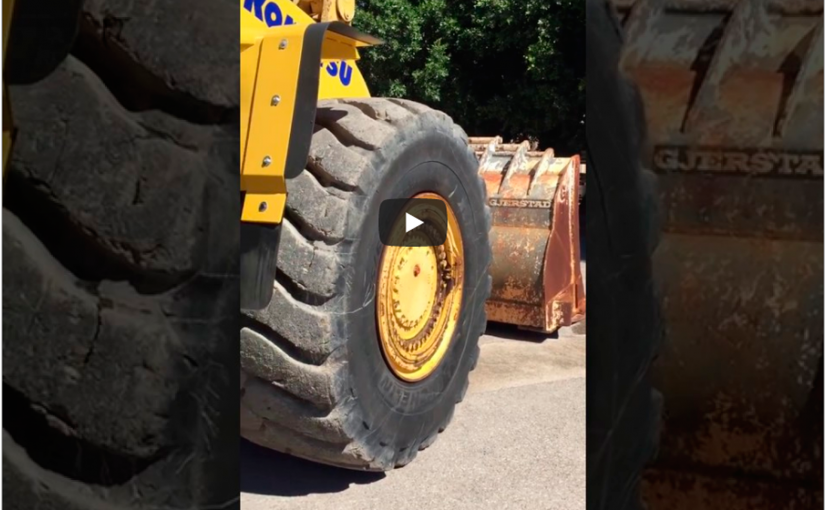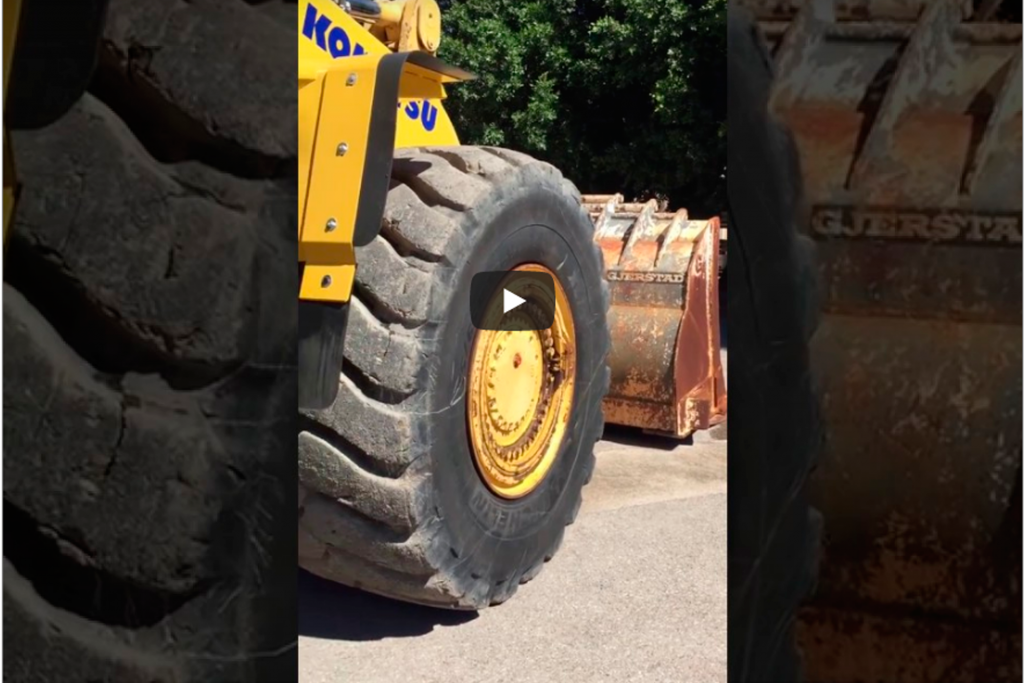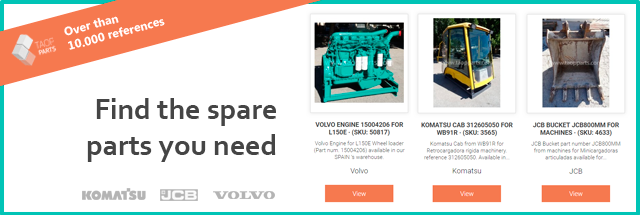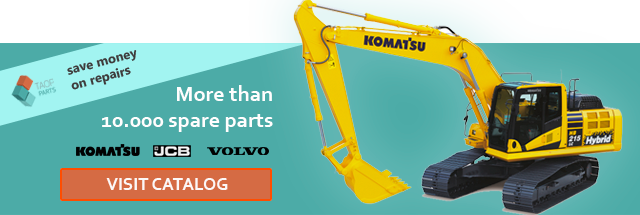Along the following lines, as well as in the video that we included, we show you the 8 checks to carry out a level and leak detection test, such as made by a technician.
Table of Contents
How to inspect levels and leak for a Komatsu WA600 wheel loader?
The inspection of used machinery is basic in both time buying a second-hand unit as well as corroborating the correct condition of the unit before starting a job.
In this specific case we will see what are the steps to follow when checking the levels of a wheel loader and to dismiss possible leaks in it.
The review of levels and leaks is an unavoidable evidence within a complete and professional check of a Wheel loader, which we can divide into 8 verification test.
As a demonstration, we can see in the following video the practical explanation of how to check the levels and leaks in a KOMATSU Wheel loader.
We move to Taop Parts premises located in Valencia (Spain) for the specific purpose of checking the levels of a Komatsu WA600-6.
It is a Wheel loader available at www.taopparts.com (as well as a wide range of spare parts for it) and has been verified and controlled by Taop Parts’ technicians.
1. Check the oil level in the engine with the machine stopped
In the video, we start the level check by verification the engine oil levels.
To check the engine oil levels we use the dipstick to make sure that the level is effectively between the minimum and maximum level indicated on the dipstick.
2. Check oil level in the transmission with the machine stopped
To check the transmission oil level “cold” our technicians checks the level of the outside indicator. As mentioned in the video, in case the levels are not optimal we will have to add the necessary amount of oil.
3. Coolant level inspection
This check is carried out in the expansion tank of the refrigeration circuit. It is very important that the machine is cold so as not to suffer burns.
4. Check the engine oil level and transmission with the engine running.
Performed the checks “cold”, we proceed to start the machine. After 5 minutes with the wheel loader running, we can test the oil level in the engine and transmission.
5. Check oil levels in final drives
The next step, is checking the oil level of the final drives. To do this, the filling and level check plug has been come off (not to be confused with the drain plug located below). The height of the filling cap marks precisely the height that defines the optimum level.
6. Checking the oil level in the cardan shaft
As for the checking the oil level of the cardan shaft, we will find a filler cap on the top and the level check on the side.
7. Checking the hydraulic oil level
To check the hydraulic oil level, the machine must be stopped and put in a completely horizontal position. The bucket will have to be stop and in contact with the ground. In addition, as advised in the video, it is convenient to open the cap for the check, in order to avoid possible pressure in the tank. The external indicator will show us the level.
Visual inspection for exclude a leak
Finally, we will perform a general visual inspection for the purpose rule out possible leaks. It is important to carry out the maintenance of the machine. Likewise, it is unthinkable to acquire a second hand machine without first performing a complete check, and it cannot be missing a review of levels and leaks.
Links of interest:




